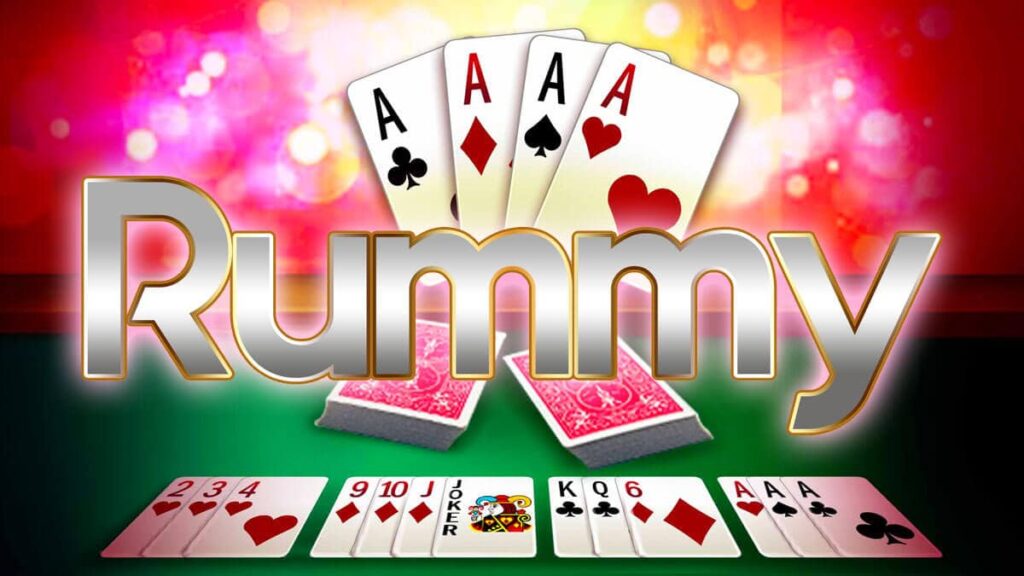Back when the Internet was unheard of, you probably wonder what people were doing to while away the time. Well, aside from baseball, folks play card games, one of which is Gin Rummy. As you probably notice, the name of the card game says something about yet another favorite pastime, drinking. The card game for two was invented by Elwood T. Baker in 1909 and became popular since then. While you might think it’s an ancient game, it is actually a later comer that tried to compete with even more popular games such as Cribbage and Pinoche; both of which were games that go way back as early as 400 years ago. Gin Rummy is closely linked to a genre of card game known as Rummy, where the method that is being used is the “draw and discard”. This means that at every turn, you draw a card from the pile and discard the unwanted card in exchange. The idea is to form sets of matching cards. The match can be 3 or 4 cards of the same rank or same suit in sequence. With such easy to understand rules, it’s no wonder that the game had a loyal following; and it even garnered notoriety for being such an addictive game.
Following the general rules of Rummy, Gin Rummy version or otherwise
Following the general rules of Rummy, Gin Rummy version or otherwise, the cards are called “ranks” when it comes to matching the cards. The 3 “Ace” cards are given the value of 10, the 2 “Poker” cards worth 1, the 2 “Queen” cards worth 10 and the King “Jack” card worth 50. To start the game, every player needs to pick a card from the pile and discard one of theirs; this is done to avoid problems that may arise later on. Once this is done, each player will be given 10 cards to pick from; these cards will be matched against the cards in the “standard” game. The “off” cards are then taken from the pile and added to the list, with the cards of the same rank or same suit being abundant.
In Gin Rummy, every player’s turn is to draw a card from the “off” pile and discard one of their cards to form a valid combination. The standard deck of 52 cards is ranked as follows: Ace, 2, 3, 4, 5, 6, 7, 8, 9, 10, Jack, Queen, and King. Each of these cards has corresponding values. The Ace is given the highest value, followed by the King, then the Queen, then the Jack, all of which are valued at 10. That is, there are 10 “high cards” and 10 “lies” in the deck.
The 3-card hand starts off with the draw from the “off” pile; each player will then have the option to discard up to 3 cards in their hand, in which case, the next draw will be conducted with the cards that remain in the hand. The players will then proceed to draw a fourth card from the “off” pile and the game will continue with the same cards being dealt one at a time. The high card in the deck will continue to be the card that will determine the course of the game, and the course of action for the whole hand.
In Gin Rummy, the hand that is closest to “aring” will win; a pair hand will win if played with a sequence of 3 similar cards, and the Ace hand will win if played with a sequence of 4 like cards. If there is a tie for the hand with the same highest card, resteal and play will begin again with a new hand. However, if there is a hand that is played out before its conclusion, the cards used to determine the hand shall be crossed out, and the highest card of the remaining cards shall be reset to its original position. The Ace is the wild card, and can be used as both the high card and the low card for any hand.

The basic completion of the hand is the goal. The first player to achieve that hand wins the game. The ranks of hands do not change once the deck is shuffled, the cards are dealt out once the hand is complete, and a new hand shall be played out. The exception is the final hand, wherein the highest hand is the lowest, and the first two hands are played out. This is because in the final scenario, the highest hand is the lowest and the first two hands are played out.
Some rules can be bent, like the doubling of stakes when the hand is played out. It can also be preferable to discard a hand if it is a short one, especially in Gin Rummy variant. The high hand and the low hand shall always be played out. In Gin Rummy, the set of cards shall be compared until their lowest point.
